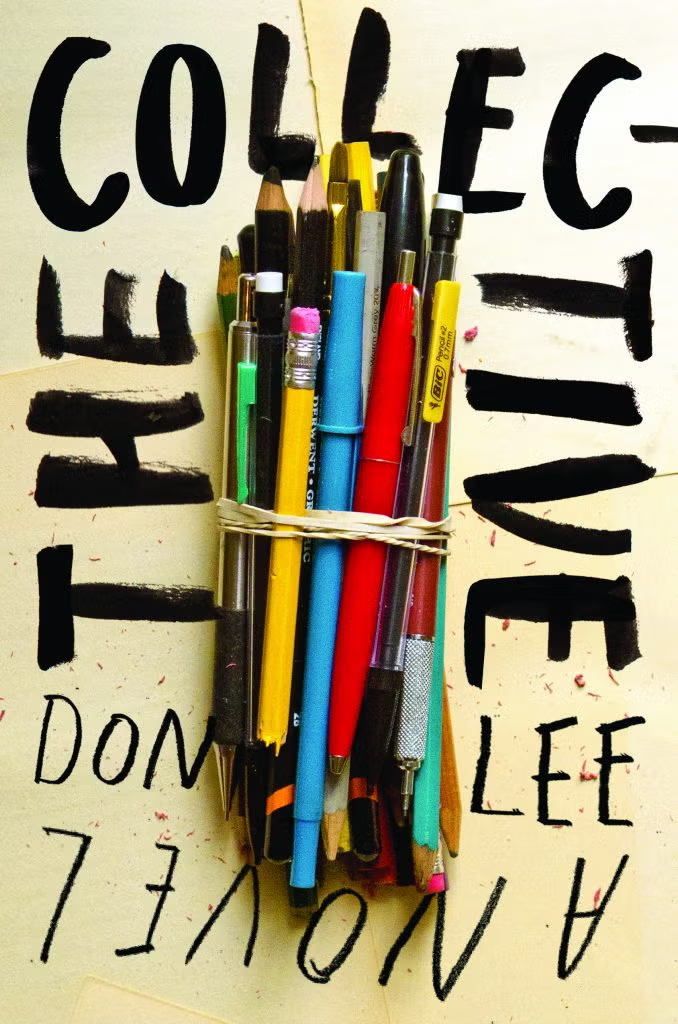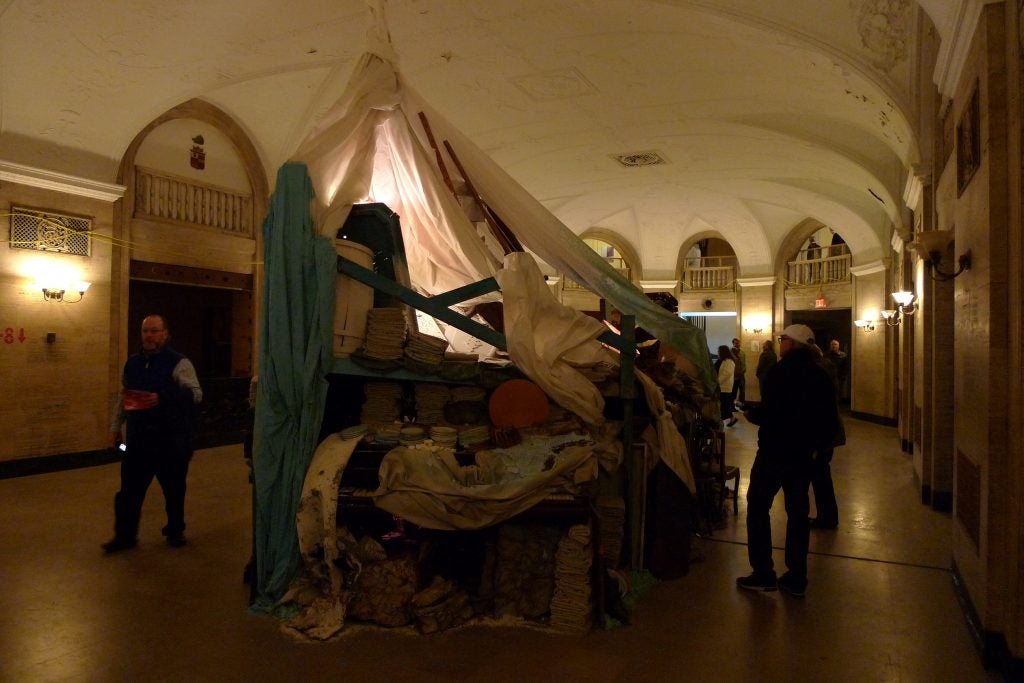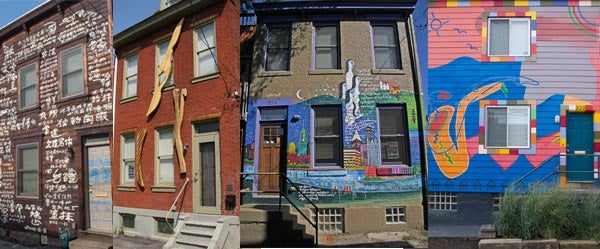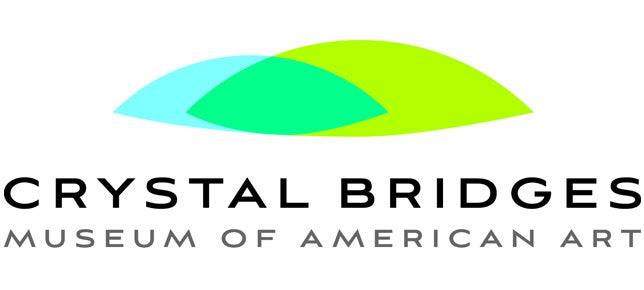“The Collective,” Divided: A Review
*Lillian Li*
Don Lee’s prose is not pretty, or even particularly effortless in his novel. He tends towards wordy, didactic passages and heavy-handed, eye-rolling dialogue—one racist bar customer calls Eric a “Chinese wonton” (297). His characters remain characters, never fully embodying the human beings they wish to represent, and many seem to step in only to move the plot along or provoke an epiphany from the myopic narrator. But in failing to write movingly about ethnicity and/in art, Lee has also managed to succeed.
“The Collective,” Divided: A Review Read More »
*Lillian Li*
Don Lee’s prose is not pretty, or even particularly effortless in his novel. He tends towards wordy, didactic passages and heavy-handed, eye-rolling dialogue—one racist bar customer calls Eric a “Chinese wonton” (297). His characters remain characters, never fully embodying the human beings they wish to represent, and many seem to step in only to move the plot along or provoke an epiphany from the myopic narrator. But in failing to write movingly about ethnicity and/in art, Lee has also managed to succeed.








